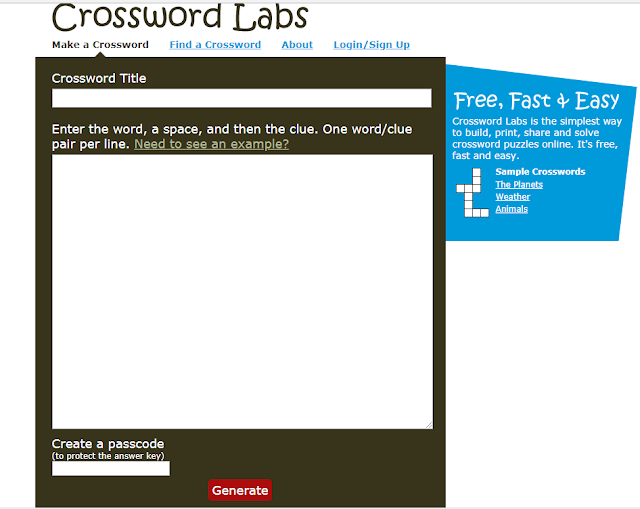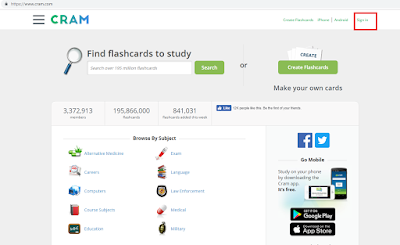Internet Based Projects and Webquests
Internet-Based Projects
Online project work is a progression from using individual web pages and websites in the classroom.Reasons for using Internet-based projects in the classroom:
- They are a structured way for teachers to begin to incorporate the Internet into the language classroom, on both a short-term and a long-term basis. No technical knowledge is needed either to produce or to use Internet-based projects.
However, it is certainly true that they will take time to plan and design. - More often than not, they are group activities and, as a result, lend themselves to communication and the sharing of knowledge, two principal goals of language teacihng itself. The use of projects encourages cooperative learning, and therefore stimulates interaction.
- They can be used simply for language learing purposes, but can alsobe interdisciplinary, allowing for cross-over into other departments and subject areas. This can often give them a more "real-world" look and feel, and provide greater motivation for the learner.
- They encourage critical thinking skills. Learners have to transform that information in order to achieve a given task.
Project work online can range form a simple low-level project like making a poster presentation about a famous person to high-level investigate work where learners research a subject and present polemical views and opinions in a report or debate. In order to prepare for Internet-based project work, there are some points to take into account:
- Choose the project topic
Will your learners be researching famous people, an event or an issue? - Make the task clear
What information will they need to find - biographical, factual, views and opinions? - Find the resources
Which websites will your learners need to visit? Do these websites contain the information they need and are they at the right level? - Decide on the outcome
What is the final purpose of the project? For example, will your learners be making a poster, a presentation or holding a debate?
Webquests
Webquests are projects in which a large percentage of the input and material is supplied from the Internet. Webquests can be teacher-made or learner-made, depending on the learing activity the teacher decides on.There are usually four main sections to a webquest:
Step 1 - Introduction
This stage is normally used to introduce the overall theme of the webquest. It involves givig backgrund information on the topic and, in the language learning context, often introduces key vocabulary and concepts which learners will need to understand in order to complete the tasks involved.
Step 2 -Task
The task section of the webquest explains clearly and precisely what the learners will have to do as they work their way through the webquest. The task should obviously be highly motivating and interesting for the learners, and should be firmly anchored in a real-life situation.
Step 3 - Process
The process stage of a webquest guides the learners through a set of activities and research tasks, using a set of predefined resources. These resources are predominantly Internet-based and are usually presented in clickable form, that is, as a set of active links to websites within the task document.
Step 4 - Evaluation
The evaluation stage can involve learners in self-evaluation, comparing and contrasting what they have produced with other learners, and giving feedback on what they feel they have learnt and achieved.
Here are some sreenshots from the webquest:
Webquest: Accidents and emergencies

Here is the link to my webquest:
http://www.zunal.com/webquest.php?w=387523
References:
Hockly, N. & Dudeney, G. (2007). Chapter 3 “Using websites”. In How to Teach English with Technology. Essex: Pearson.






Comentarios
Publicar un comentario